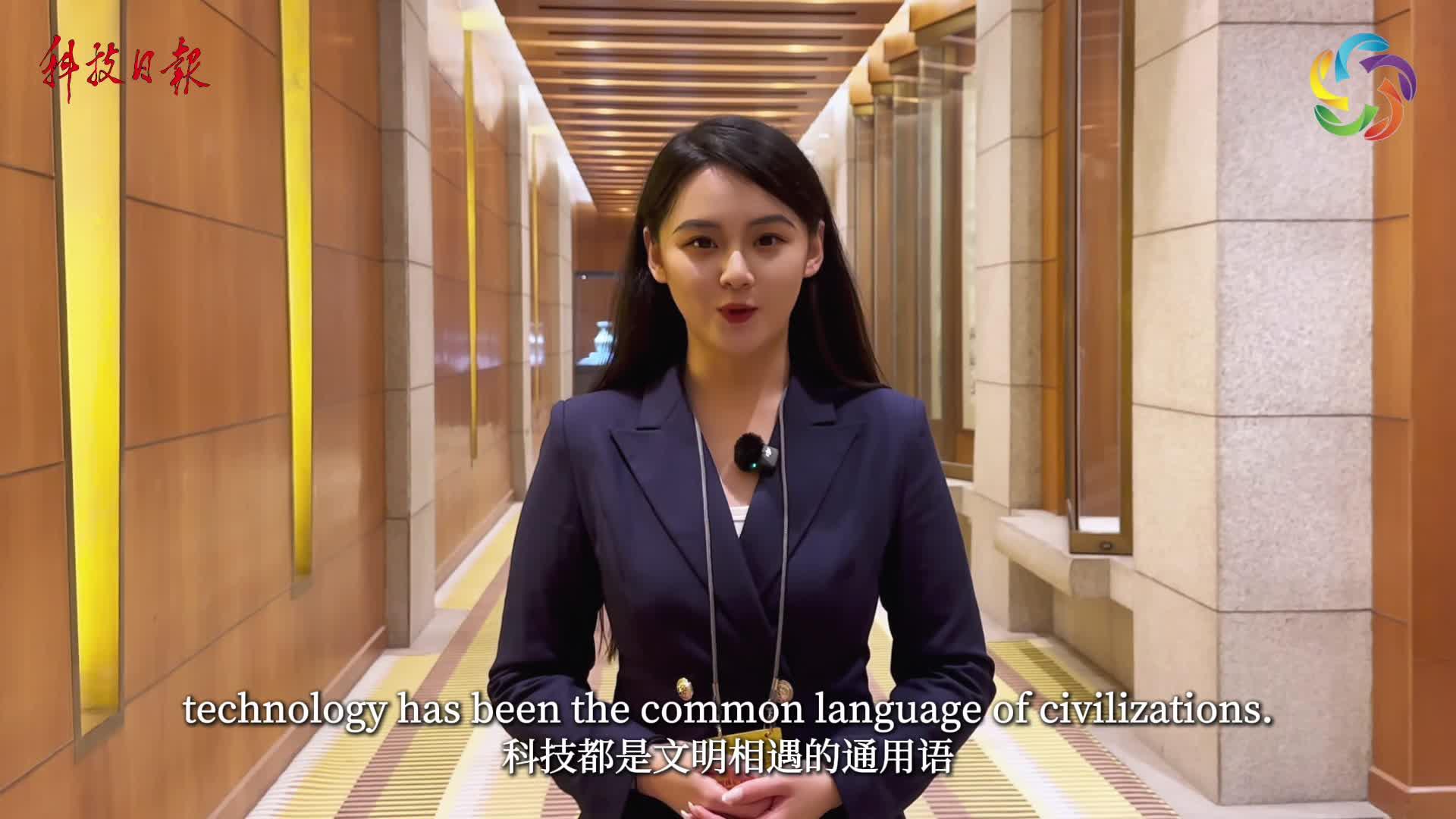ILRS: Next Frontier
A?researcher?holds?lunar?sample?in?the Institute of Geology and Geophysics of the Chinese Academy of Sciences,?October 15, 2021.?(PHOTO:?XINHUA)
Edited?by?LU?Zijian
The China National Space Administration (CNSA) and the Asia -Pacific Space Cooperation Organization (APSCO) signed a joint statement on cooperation regarding the International Lunar Research Station (ILRS) at the opening ceremony for the First International Deep Space Exploration Conference on April 25 in Hefei, east China's Anhui province.
The two parties will conduct extensive and deep cooperation in the demonstration, construction, operation and application of ILRS, the statement said, including the verification of science targets, design and development of spacecraft, scientific instrument payloads, scientific and technological experiments, data analysis, education and training.
As early as June 2021, China released the ILRS Guide for Partnership. Russia, Pakistan, United Arab Emirates and APSCO have signed cooperation agreements and negotiation is now being conducted with over 10 other countries and organizations, according to Wu Weiren, director general of Deep Space Exploration Laboratory and academician of the Chinese Academy of Engineering.
An ILRS cooperation organization is to be established to jointly administer the facilities of the station and share research results. The preparation work and international liaison for the cooperation organization will be overseen by CNSA's Lunar Exploration and Space Program Center and the Deep Space Exploration Laboratory. Wu said that he hopes the agreements with member countries or organizations could be completed by the end of October.
Wu also revealed at the conference that ILRS is set to be built in three phases.
In the first phase, a basic model of ILRS will be built before 2028 to conduct environment exploration, experiments and verification of resource use on the moon. The Chang'e-6, Chang'e-7 and Chang'e-8 missions are also scheduled during this phase, around 2024, 2026 and 2028 respectively.
An improved ILRS will be introduced by 2040 for the second phase. Space environment exploration and scientific experiments will be conducted among the sun, Earth and the moon. The Queqiao-2 satellite constellation is to be built to serve deep -space exploration activities like manned lunar landing, Mars and Venus exploration.
An application oriented ILRS will be built during the third phase, upgrading the research station into a pragmatic and multi-functional lunar base.
Countries, international organizations and research institutes are welcome to join hands with China, to build and implement ILRS, Wu said.







